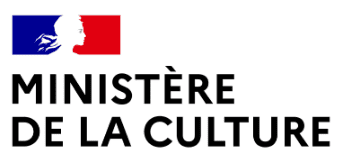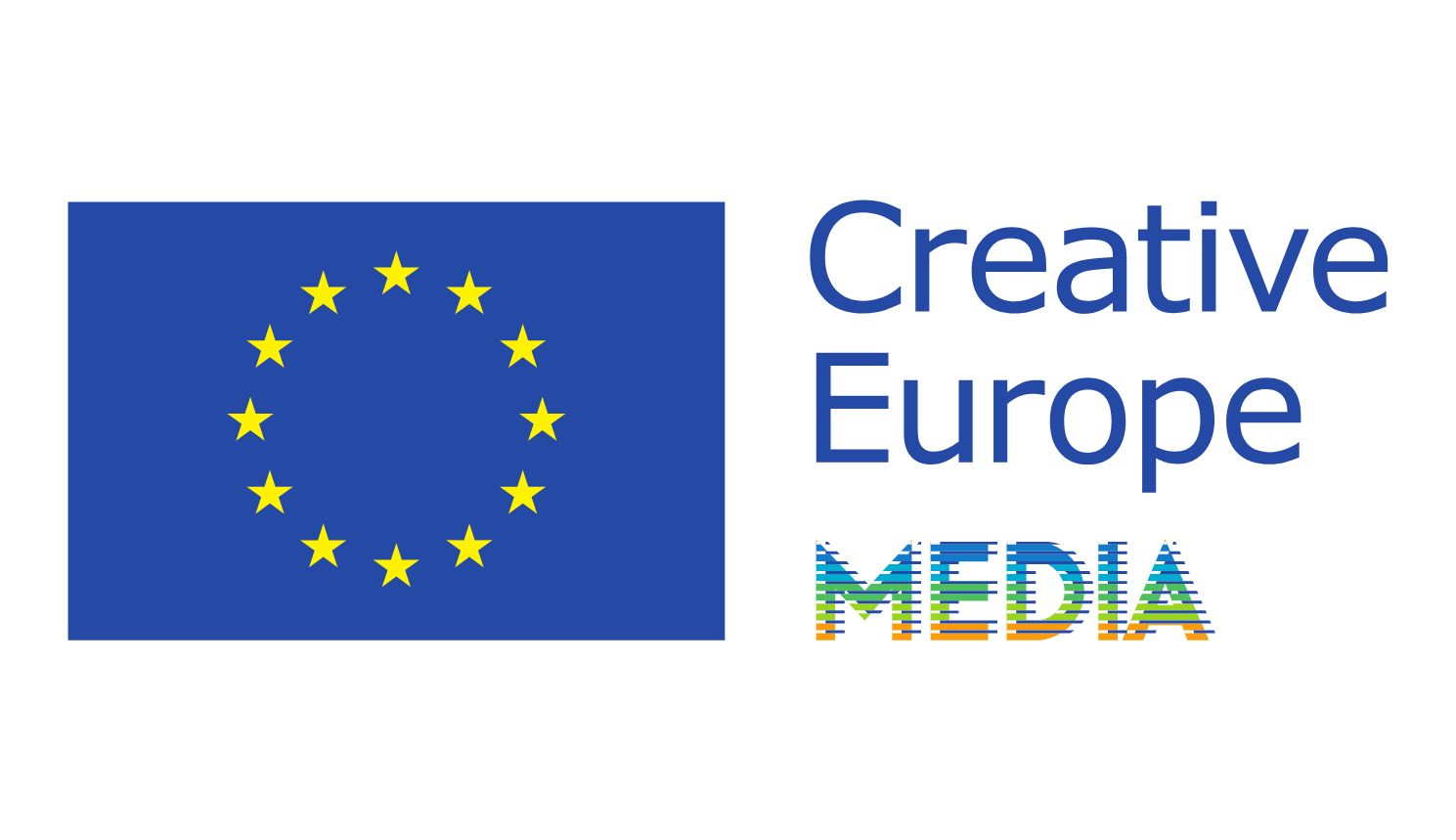Louise Deltrieux
What with the climate crisis and the destruction of the environment, these are worrying times. Attempts at alternative lifestyles to counter this abound, as do theories about the collapse of the industrial era that intersect and contradict each other: collapsology, solastalgia, ecoanxiety, etc. But how do you find your way? For Louise Deltrieux, an intellectual and personal enquiry begins. The investigation leads to this light-hearted essay, a deliberately “hand-made” animation as shown by the modesty of its drawings. The clearly stated desire for low-tech echoes the material itself, which blends sources and points of view into a single voice – hers. A film in the form of an inner dialogue shot through with doubts and all the “topias” of the title – an experiment laid out in a lively and stimulating patchwork.
(Nicolas Feodoroff)
- Other gems
- 2021
-
 Other gems
Other gems
- 2021
PATCHING TOPIAS
Louise Deltrieux
Louise Deltrieux
As a visual artist, your work includes filmmaking. With Patching Topias, you take us on an investigative journey through collapsology and other theories on the collapse of industrial civilisation. What is your interest in these issues?
Shortly before the emergence of collapsology, I was reading about eco-terrorism in the United States in the late 1990s, and I was appalled at the extent to which these activists had been criminalised for defending a common good, the forests. The Earth Liberation Front was even ranked among the “highest domestic terrorist threat” by the FBI after 9/11. This research, combined with discovering the anti-civilisation movement, then reading Jared Diamond’s Collapse, and finally meeting eco-activists in Eugene for my film No Tree Will Fall, made me become increasingly interested in collapse theories. At the same time, I was in residency on an island in Canada, and I started filming people who live off-the-grid (Welcome Home); all of them had more or less the same discourse on the trajectory of our civilisation, but did not define themselves as survivalists. When I returned to France, I read the book by Servigne and Stevens (How everything can collapse), and I plunged headlong into collapsology, this time on a really personal level, with no relation to an artistic project, it really affected me. Then I decided to take a postgraduate course in art research, to give a framework to these readings, to “do something with them”, to redirect some of this feeling of powerlessness, and to take a step back from these theories, by resituating myself as an artist in relation to these questions. This is how the film came about.
The form is autobiographical and you opted for animation and felt-tip drawing. Why these particular techniques?
I was looking for the medium that seemed the most accessible and comforting, with the childish side of the felt-tips, to create a distance with the gravity of the issues at hand. Using drawings gave a free rein to my imagination, to create the images. As for the autobiographical dimension, I had never used it in my work, but the subject has had such an impact on me, even on my mental health, that it was impossible for me to talk about collapsology without also talking about that very personal journey through the collapse theories. It was important for me to transcribe this solitary journey, which could only be achieved with an intimate approach. I wanted to get away from the documentary form that I had practised before, to propose something different in the landscape of the collapsosphere, at a time when a lot of audio-visual works on the subject were already appearing.
And the title? Is there a connection with your interest, which is obvious in your work, in knitting and its contemporary dimensions?
The title refers to a number of things. Topia is the place, the place that does not exist in the etymology of u-topia. It evokes the possibility, not of a global, monochrome and unattainable utopia, but rather of a mosaic of various places – “patches” – in the sense of the anthropologist Anna Tsing. A patch in ecology refers to a homogeneous area, a small ecosystem, which differs from its environment. In English, the word refers to both a plot of land and a piece of cloth. It is a term that refers to something that is at once fragmented, isolated, but also composable, mendable. And so the patchwork motif, which consists of assembling loose scraps to create a new form, would seem to be a desirable model, a response to the shattered world described by collapsology. Patchwork was also my working methodology. It was a question of putting the pieces back together, in every sense of the word, while taking into account the state of confusion in which we are plunged by collapsology, which can be overcome if we free ourselves from its monolithic narrative, by unravelling it and patching it all up in order to reclaim it and recover one’s agency. And of course, the patchwork metaphor also appealed to me for its textile dimension, since knitting, which I talk about in the film and which occupies an important place in my daily life, is now a fully-fledged part of my artistic research.
You made the film alone. Does this echo what you describe in the film? An act of resistance?
I always work alone. But even when I make films alone, there are people in them: I meet people and I film them, there is an awareness of the other. Here, the use of drawing allowed me to make a film without having to leave my home. It was a question of context, since the idea of animation came up during the first confinement, and we had to make do with whatever means we had. But even without this context, I think I would have made the same choice, because it was consistent with my research, the desire for self-sufficiency. At the time, my work was telescoping into the experience we were going through, and I was wondering what collapsed cinema might be like: what images could be produced during a collapse? The intention was to make a low-tech, DIY film, with a form of resistance. I drew on an improvised light table made from a chest of drawers and my light therapy lamp, the voice-over was recorded in a cupboard… The aesthetics seem makeshift, they are collapsed aesthetics. I wanted the object I was producing to reflect the state of fragility in which collapsology places us.
Interview by Nicolas Feodoroff
-
 Other gems
Other gems
Technical sheet
France / 2021 / 59’
Original Version : French.
Subtitles : English.
Script : Louise Deltrieux.
Photography : Louise Deltrieux.
Editing : Louise Deltrieux.
Sound : Louise Deltrieux.
Production : Louise Deltrieux (Louise Deltrieux).
Distribution : Louise Deltrieux.
Filmography : Welcome Home, 2019. No Tree Will Fall, 2016. Summer Already, 2016. Wolfman, 2015. Grizzly, 2014. Eux, 2014.
- Autres films / Other gems






